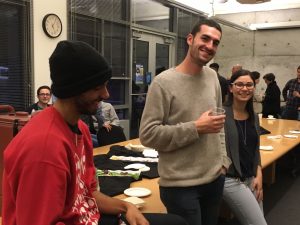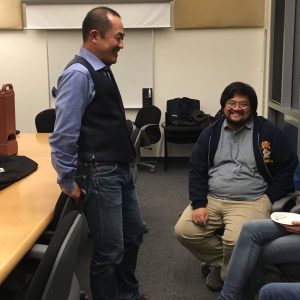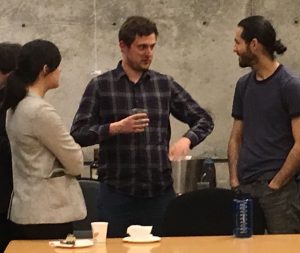This Friday, March 2nd, at 1:30 pm in Humanities 1, Room 210, there will be a colloquium by Kristen Syrett (Rutgers). Her talk is entitled “Experimental evidence for context sensitivity in the nominal domain: What children and adults reveal.” The abstract is given below:
Part of what it means to become a proficient speaker of a language is to recognize that the context in which we communicate with each other, including what a speaker’s intentions or goals are, affects the way we arrive at certain interpretations. This seems entirely reasonable for context-dependent expressions like pronouns (they) or relative gradable adjectives (big, expensive), but what about seemingly stable expressions, such as count nouns (fork, ball)? Are words like these—words that appear early in child-directed and child-produced speech—also sensitive to context? In collaborative research with Athulya Aravind (MIT), we have asked precisely this question. We start with a curious yet robust puzzle observed in the developmental psychology literature: young children, when presented with a set of partial and whole objects (like forks) and asked to count or quantify them, appear to treat the partial objects as if they were wholes (Shipley & Shepperson 1990, among others). While children’s non-adult-like behavior may be taken to signal a conceptual shift in development, we adopt a different perspective, entertaining the possibility that children are doing something that adults might indeed be willing to do in certain instances, and that their response patterns reveal something interesting about the context sensitivity of nouns, which we argue is similar to that seen with gradable adjectives. Across three tasks, we show that adults and children are more alike than the previous research has revealed: both age groups not only include partial objects but also impose limits on their inclusion in a category, depending on the speaker’s intentions or goals and the perceptual representation of the object, and a comparison with gradable adjectives reveals (perhaps surprisingly) that adults recruit a minimum standard of comparison for nominals. Thus, we argue there is conceptual and linguistic continuity in this aspect of development, and that experimental data from both children and adults sheds light on the semantics of nominal expressions.


